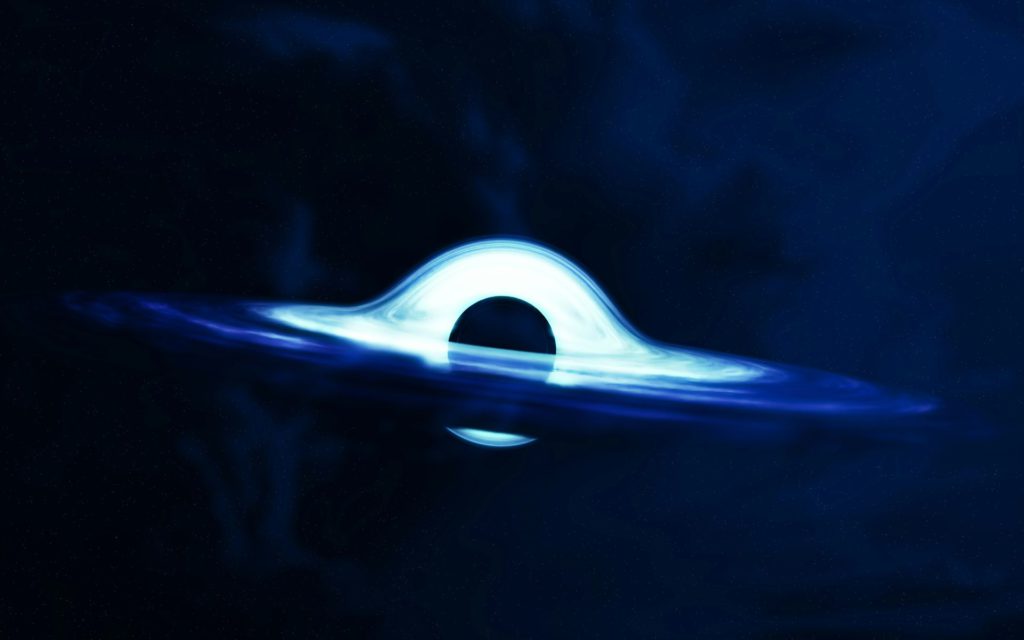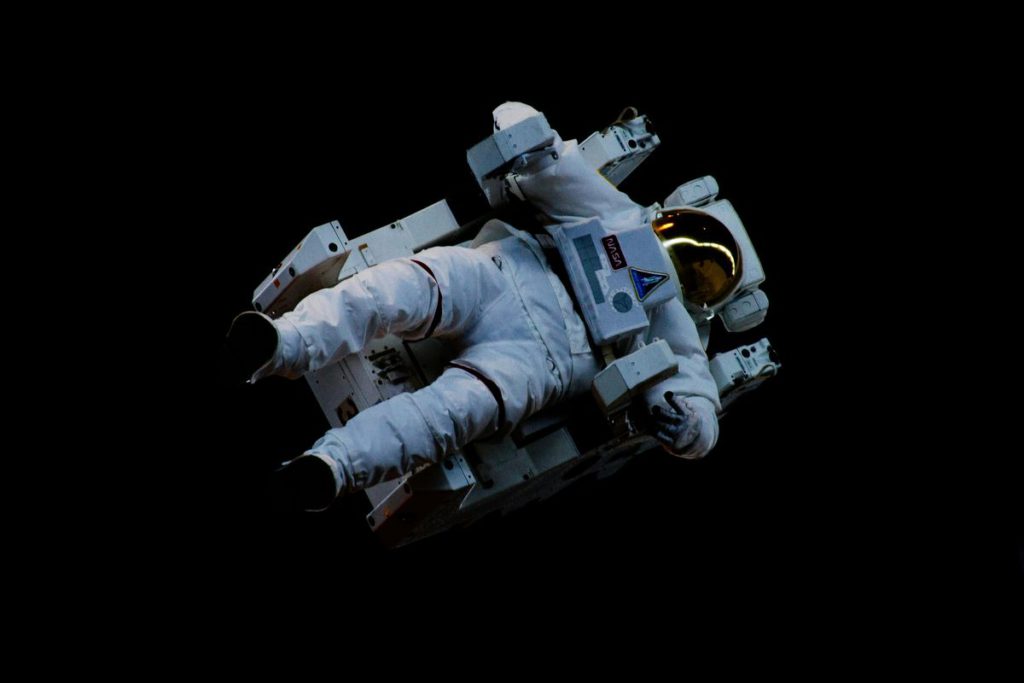Hollywood’s version of space looks nothing like reality. From explosions that roar through vacuum to asteroid fields packed tighter than rush hour traffic, movies prioritize spectacle over science. Real space physics is messier, quieter, and far more dangerous than any blockbuster suggests. These misconceptions shape public understanding of space exploration, making actual missions seem boring by comparison. Time to separate cosmic fact from cinematic fiction.
10. Black Holes Won’t Transport You Anywhere

Using black holes as cosmic shortcuts sounds appealing, but physics doesn’t cooperate. The intense gravity causes “spaghettification,” stretching objects into thin streams before complete annihilation. Wormholes remain theoretical and potentially unstable, with extreme tidal forces and radiation that would destroy anything attempting passage. These cosmic phenomena represent endpoints, not gateways to other parts of the universe.
9. Sound Effects Don’t Exist in Space

Every laser battle and engine roar you hear in space movies violates basic physics. Sound waves need matter to travel through, and space offers precious little of that. Only the movie “Alien” got this right with its tagline: “In space, no one can hear you scream.” Even in gaseous nebulae, sound frequencies stay beyond human hearing range. Those epic space battles would unfold in complete silence, making them feel more like watching a muted video than experiencing galactic warfare.
8. Vacuum Exposure Won’t Make You Explode

Early space films turned vacuum exposure into instant body explosion, but human tissue holds together better than that. Oxygen deprivation becomes the real threat, not dramatic rupturing. Rapid decompression can cause lung damage and blood vessel problems, but freezing takes time since space doesn’t conduct heat well. Modern spacesuits prioritize pressure and oxygen maintenance over preventing Hollywood-style body explosions that simply don’t happen.
7. Asteroid Fields Are Mostly Empty Space

Navigating asteroid fields isn’t the white-knuckle experience movies suggest. Real asteroid belts are so sparse that deliberately hitting one would be nearly impossible. A kilometer-wide asteroid collision happens roughly once every million years. The actual hazards involve cosmic radiation and micrometeorites, not dodging house-sized rocks every few seconds. Space is vast and mostly empty, making those dramatic asteroid chase scenes about as realistic as finding parking at the mall during Black Friday.
6. Emergency Spacewalks Don’t Happen Spontaneously

Complex EVA procedures require months or years of preparation. Untethered spacewalks are particularly rare and risky, demanding extensive training and precise execution. The “Gravity” jetpack scene ignores these crucial safety protocols. Simple maneuvers require detailed mission parameters, and unforeseen problems can quickly escalate into catastrophes. Impulsive spacewalk actions endanger both astronauts and missions.
5. Hyperspace Travel Looks Nothing Like Star Wars

Those streaky stars rushing past your viewport? Pure fantasy. Real relativistic travel would create a completely different visual experience. Stars would clump together due to light distortion, with blue-shifted light dominating your forward view and red-shifted darkness behind you. The brilliant light show would gradually fade to near-total blackness. No dramatic whoosh, no rainbow tunnel—just disorienting darkness that would make interstellar travel feel more like sensory deprivation than a cosmic light show.
4. Communication Delays Make Real-Time Control Impossible

Commanding a Mars rover feels nothing like piloting a drone. Radio waves travel at light speed, but interplanetary distances create unavoidable delays. Earth-to-Mars communication faces 4 to 24-minute round trips depending on planetary alignment. Signals to Voyager take 18 hours to return. Real space missions require extensive pre-programming and patience, not the instant responses shown in movies where ground control manages split-second decisions.
3. Space Explosions Are Silent and Boring

Forget the thunderous booms and fiery spectacles. Space explosions unfold in eerie silence because vacuum can’t transmit sound waves. No oxygen means no combustion, just debris flying apart at high velocity. The blast would look more like a slow-motion breakup than a dramatic fireball. While scientifically accurate, silent destruction doesn’t pack the same emotional punch as explosions that rattle theater seats.
2. Orbital Mechanics Don’t Work Like Gravity Suggests

Sandra Bullock’s character glides effortlessly between spacecraft, violating every law of orbital mechanics. Real orbit changes demand precise timing and massive energy expenditure. The Hohmann transfer method requires carefully calculated propulsion bursts, not casual drifting. Spacesuits provide minimal thrust for tiny adjustments—nothing close to the dramatic leaps shown on screen. Getting from one orbit to another takes planning, fuel, and physics that won’t bend for Hollywood drama.
1. Space Combat Would Be Slow and Calculated

Dogfights won’t happen in space because physics won’t allow them. Real space warfare would involve deliberate, slow attacks following strict orbital mechanics. Engagements require complex calculations for accurate targeting over vast distances. Spacecraft follow predetermined paths for fuel efficiency, making rapid maneuvers impossible. Space battles would look tedious to observers, more like watching chess players contemplate moves than witnessing dramatic aerial combat.